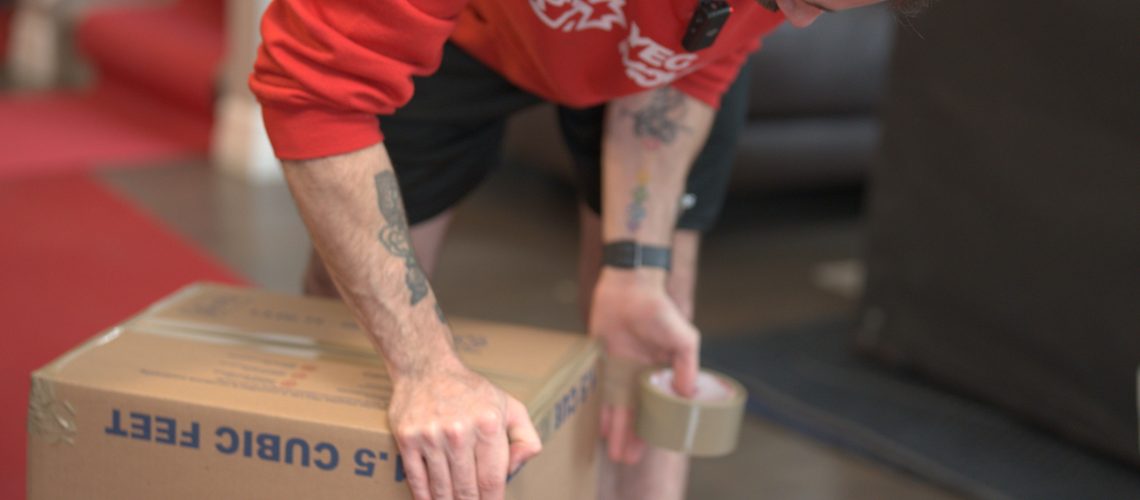Moving a vinyl collection requires special attention to detail and careful handling techniques. Records are delicate items that can be permanently damaged if not properly packed and transported. Many collectors seek advice from Edmonton moving experts who understand the unique challenges of relocating these valuable possessions. This guide outlines essential strategies to protect your vinyl during a move, from selecting appropriate materials to properly handling, packing, and labeling your collection to ensure it arrives at your new home in pristine condition.
Choosing the Right Packing Materials
Selecting durable boxes and packing supplies is crucial for a successful move. When packing vinyl records, choosing appropriate materials ensures their safety during transportation. Opt for strong, double-walled boxes that can support the weight of the records. These boxes should be clean and in good condition to prevent damage. Use high-quality cushioning materials like bubble wrap or foam inserts to provide protection for the records. Avoid newspaper or packing peanuts, which can leave residue or create static electricity that may harm the vinyl. Investing in proper packing materials safeguards your vinyl collection throughout the moving process.
Organizing Your Vinyl Collection
Categorizing your vinyl collection by genre or alphabetical order streamlines the packing and unpacking process during your move. Grouping records by genre allows for easier access and organization. Create separate sections for rock, jazz, hip-hop, classical, and other genres in your collection. Alternatively, arranging albums alphabetically by artist or band name facilitates quick retrieval when needed. Using dividers or labels within storage boxes enhances organization and protects records from rubbing against each other. A systematic approach to organizing makes packing more efficient and ensures your records remain well-preserved and accessible in your new home.
Packing Records in Proper Sleeves
Placing each vinyl record in a proper sleeve protects it from dust, scratches, and other potential damage during transport. Sleeves play a critical role in safeguarding the vinyl’s surface. Use anti-static inner sleeves to prevent static build-up that attracts dust and causes audio disruptions during playback. Outer sleeves shield album covers from scuffs and moisture damage. Ensure sleeves fit snugly to prevent movement that could cause friction against the vinyl surface. Investing in quality inner and outer sleeves maintains your vinyl collection’s condition while relocating.
Securing Records in Boxes
Packing vinyl records securely requires sturdy containers with proper cushioning and support. Always place records standing upright on their edges to prevent warping. Fill empty spaces with packing material like bubble wrap or foam inserts to prevent shifting during transport. Avoid overpacking containers, as excessive pressure can damage records. Reinforce corners and seams with packing tape for added strength. Following these steps protects your vinyl collection from potential harm during transit, preserving the quality and integrity of your treasured records.
Labeling and Handling With Care
Careful labeling and handling ensures the safe relocation of vinyl records. When labeling boxes, include specific details about contents or genres for easier identification and sorting upon arrival. Use appropriate markers that won’t damage the boxes or their contents. When handling records, always lift them by the edges or label area to prevent fingerprints or smudges on the playing surface. Never stack records flat or lean them against each other, as this can cause warping. These precautions help maintain your vinyl collection’s integrity throughout the moving process.
Other Related Articles:


